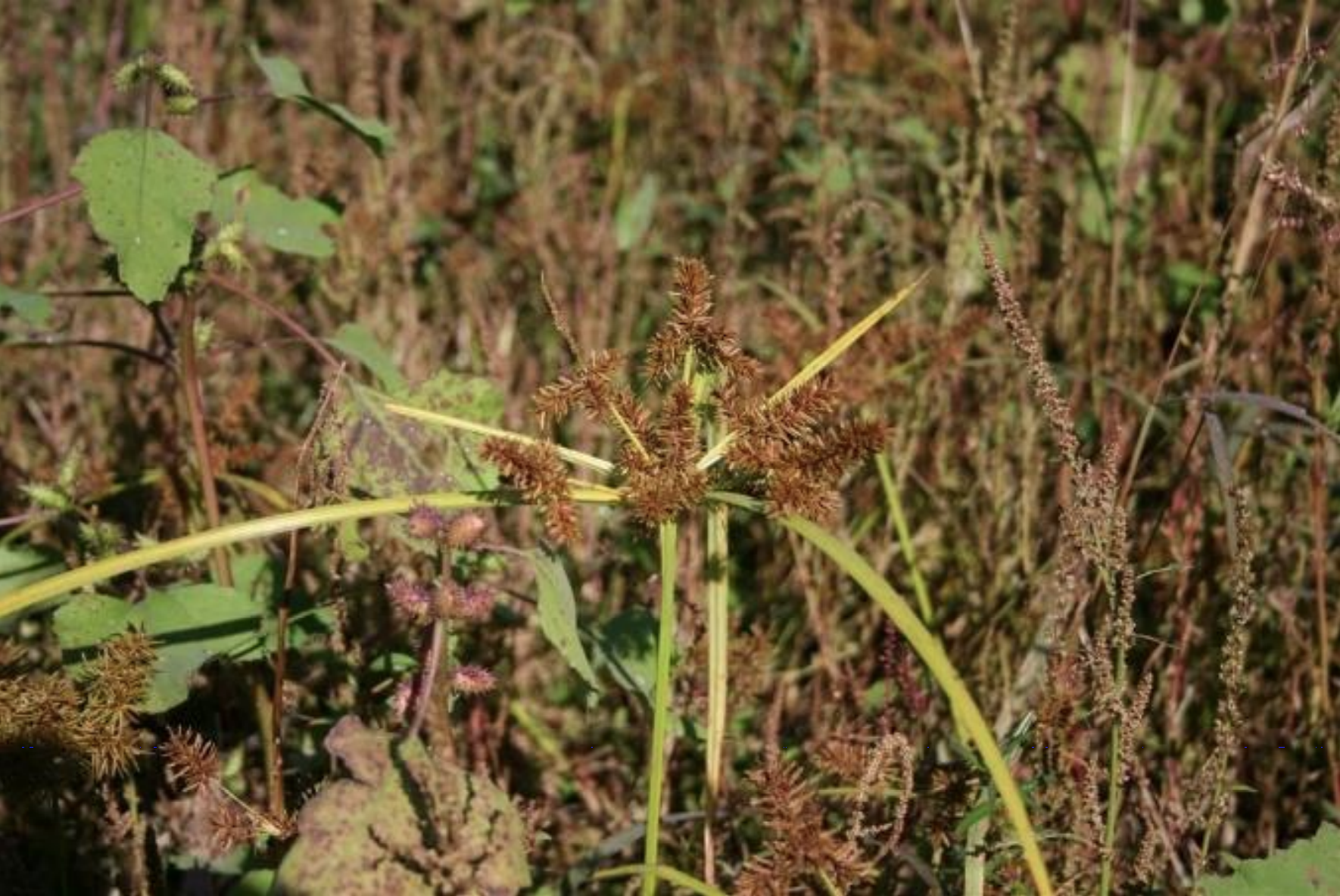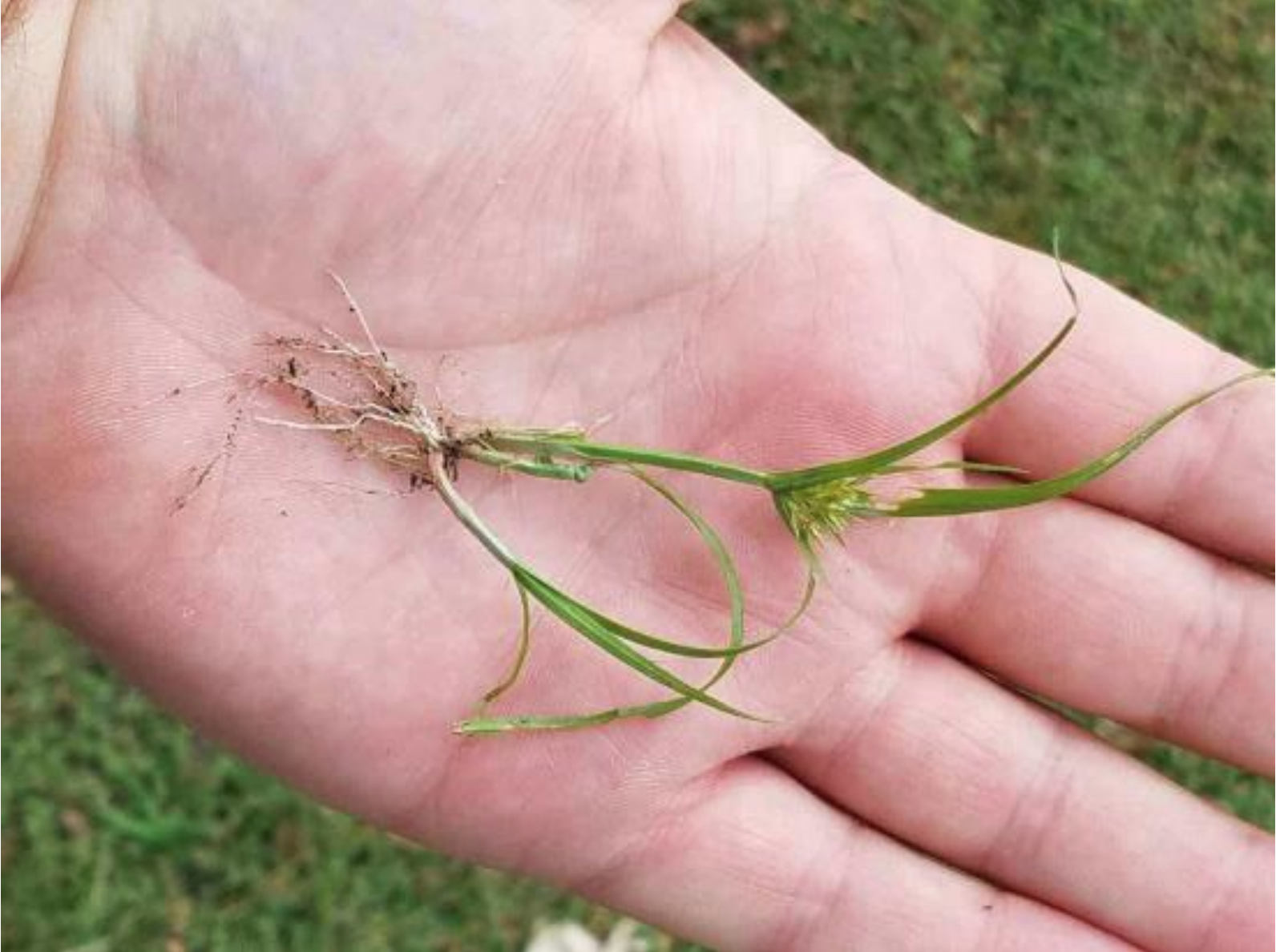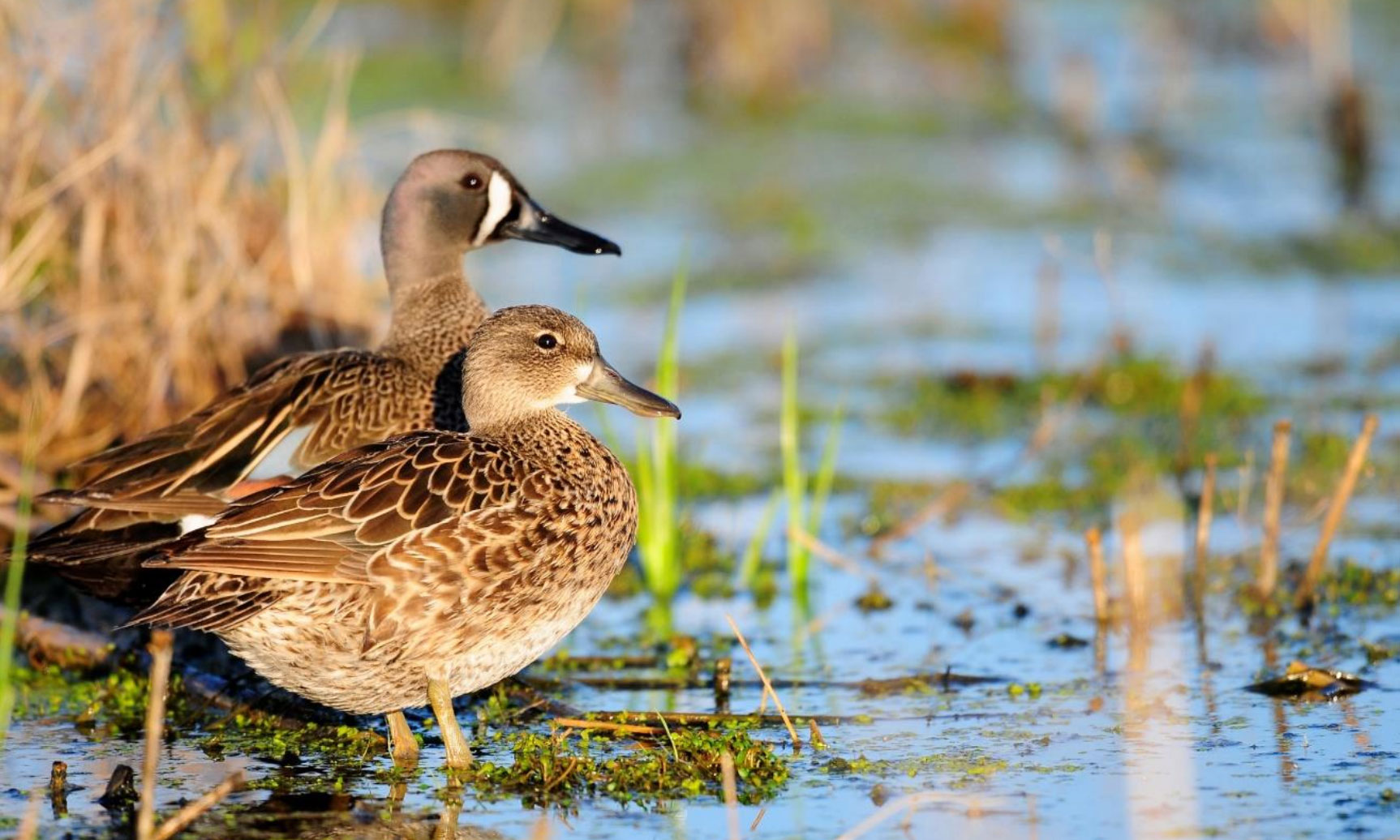We flew the third teal flight on Thursday, September 21st , despite the record breaking temperatures. Teal abundance (18,875) was similar to the previous week (18,420 teal) along the Illinois River valley (IRV) but was 34% below the 10-yr average. Specifically, blue-winged teal numbers dropped again and represented a mere 30% of the total teal numbers in the IRV. However, teal numbers (8,105) along the Mississippi River were up 41% from last week and 39% above the 10-yr average. Blue-winged teal represented 54% of the teal numbers along the central Mississippi River bordering Illinois. With the heat wave plaguing the Midwest over the past week, I would imagine teal hunting will be less than spectacular during the final weekend of teal season in Illinois. Good luck out there.
I have been holding off on my annual projection of waterfowl food for fall 2017 along the Illinois and Mississippi rivers. The Illinois River was flooded until the first week of August and drastically delayed the germination of moist-soil vegetation; however, waterfowl habitats along the Mississippi River appear much better. Typical wetland drawdowns in Illinois during June and July will yield in excess of 1,200 lbs/acre of moist-soil seeds (duck food). Conversely, a late drawdown in mid-August will only yield 300-400 lbs/acre of duck groceries. Mother Nature has a way of stunting the natural plants to produce seeds before the typical frost date in early October. However, Japanese millet (a cultivated species) will grow to its normal height despite the shorter growing season and try to maximize its seed yield (1,200 lbs/acre). Japanese millet can reach maturity in as little as 50-60 days. Many duck clubs planted Japanese millet along the rivers around August 15th so there is a chance it can mature if we have a late frost. So here’s to hoping Mother Nature delays that first killing frost to mid-October in central Illinois.


Stay tuned for more updates next week…

